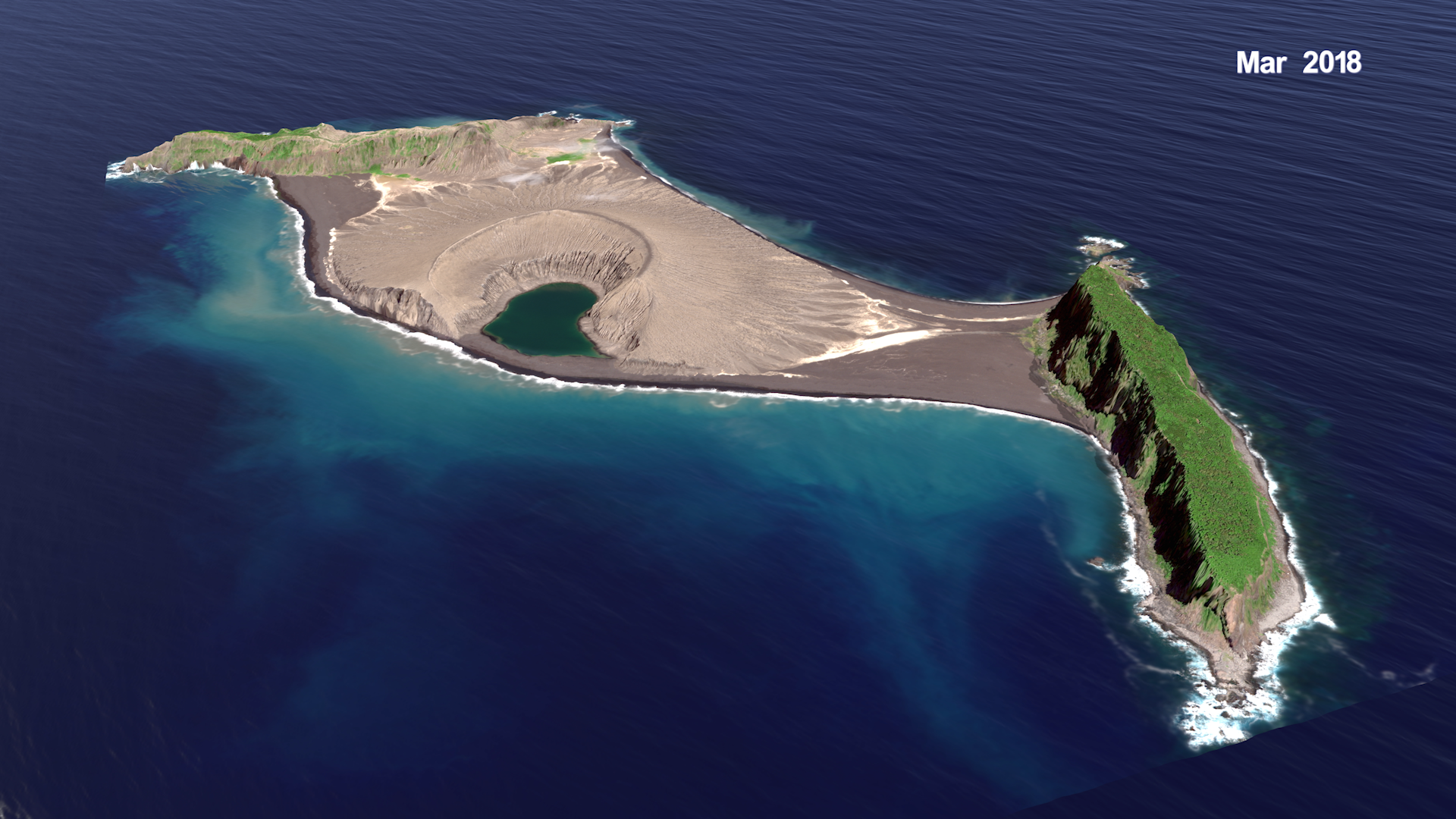How NASA Sees the Life Cycle of Volcanic Island Hunga Tonga-Hunga Ha’apai
Complete transcript available.
When the Hunga Tonga-Hunga Ha’apai volcano erupted on Jan. 15, it sent a tsunami racing around the world and set off a sonic boom that circled the globe twice. The underwater eruption in the South Pacific Ocean also blasted an enormous plume of water vapor into Earth’s stratosphere – enough to fill more than 58,000 Olympic-size swimming pools. The sheer amount of water vapor could be enough to temporarily affect Earth’s global average temperature. So outside of its sheer magnitude, what makes this eruption so unique? Well, it’s really a matter of our ability to see it through NASA and ESA satellites.
Credits
Please give credit for this item to:
NASA's Goddard Space Flight Center
-
Producers
- Emily S Watkins (Intern)
- Kathleen Gaeta (Advocates in Manpower Management, Inc.)
-
Scientist
- James Garvin (NASA, Chief Scientist Goddard)
Series
This page can be found in the following series:Release date
This page was originally published on Tuesday, September 20, 2022.
This page was last updated on Sunday, January 19, 2025 at 11:16 PM EST.


